Pork Stir-Fry with Noodles (Lo Mein)
By DreiFromBK
Ordinary takeout pork lo mein invariably disappoints, with greasy flavors and sodden vegetables. We wanted a dish representative of the best that a good Chinese home cook could turn out: chewy noodles tossed in a salty-sweet sauce and accented with bits of smoky, barbecued pork and still-crisp cabbage. First we needed to tackle the char siu, preferably perfecting a stir-fried version since we were already stir-frying the vegetables. Country-style pork ribs won for best cut. Though fatty, these meaty ribs have the same rich flavor of pork shoulder—but don’t need to be cooked for hours since they’re naturally tender. To avoid an overly greasy dish, we trimmed the fat and cut the meat into thin strips that would allow our classic Chinese marinade to penetrate effectively. A few drops of liquid smoke mimicked char siu’s characteristic smoky flavor. Turning to the noodles, only ones labeled “lo mein” at the Asian market won raves. Fortunately, dried linguine, cooked to al dente, worked beautifully. For the vegetables, we opted for traditional choices—cabbage, scallions, and shiitake mushrooms—stir-frying them with garlic and fresh ginger. We used our meat marinade as a sauce base, with a little chicken broth and a teaspoon of cornstarch added for body. A splash of Asian chili-garlic sauce added a little kick.
Serves 4
Use a cast-iron skillet for this recipe if you have one—it will help create the best sear on the pork. When shopping for Chinese rice wine, look for one that is amber in color; if not available, sherry wine may be used as a substitute. If no hoisin sauce is available, substitute 1 tablespoon of sugar. If boneless pork ribs are unavailable, substitute 1 1/2 pounds of bone-in country-style ribs, followed by the next best option, pork tenderloin. Liquid smoke provides a flavor reminiscent of the Chinese barbecued pork traditional to this dish. It is important that the noodles are cooked at the last minute to avoid clumping. See below for information on buying noodles.
Ingredients
Ingredients
- 3 tablespoons soy sauce
- 2 tablespoons oyster sauce
- 2 tablespoons hoisin sauce (see note)
- 1 tablespoon toasted sesame oil
- 1/4 teaspoon five-spice powder
- 1 pound boneless country-style pork ribs, trimmed of surface fat and excess gristle and sliced crosswise into 1/8-inch pieces (see note)
- 1/4 teaspoon liquid smoke (optional)
- 1/2 cup low-sodium chicken broth
- 1 teaspoon cornstarch
- 2 medium garlic cloves, minced or pressed through a garlic press (about 2 teaspoons)
- 2 teaspoons grated fresh ginger
- 4 1/2 teaspoons vegetable oil
- 4 tablespoons Chinese rice cooking wine (Shao-Xing) or dry sherry (see note)
- 1/2 pound shiitake mushrooms, stems trimmed, caps cut in halves or thirds (about 3 cups)
- 2 bunches scallions, whites thinly sliced and greens cut into 1-inch pieces (about 2 cups)
- 1 small head Napa or Chinese cabbage, halved, cored, and sliced crosswise into 1/2-inch strips (about 4 cups)
- 12 ounces Chinese egg noodles (fresh) or 8 ounces dried linguine (see note)
- 1 tablespoon Asian chile garlic sauce
Details
Preparation
Step 1
1. Bring 4 quarts water to boil in Dutch oven over high heat.
2. Whisk soy sauce, oyster sauce, hoisin sauce, sesame oil, and five-spice powder together in medium bowl. Place 3 tablespoons soy sauce mixture in large zipper-lock bag; add pork and liquid smoke, if using. Press out as much air as possible and seal bag, making sure that all pieces are coated with marinade. Refrigerate at least 15 minutes or up to 1 hour. Whisk broth and cornstarch into remaining soy sauce mixture in medium bowl. In separate small bowl, mix garlic and ginger with 1/2 teaspoon vegetable oil; set aside.
3. Heat 1 teaspoon vegetable oil in 12-inch cast-iron or nonstick skillet over high heat until just smoking. Add half of pork in single layer, breaking up clumps with wooden spoon. Cook, without stirring, 1 minute. Continue to cook, stirring occasionally, until browned, 2 to 3 minutes. Add 2 tablespoons wine to skillet; cook, stirring constantly, until liquid is reduced and pork is well coated, 30 to 60 seconds. Transfer pork to medium bowl and repeat with remaining pork, 1 teaspoon oil, and remaining 2 tablespoons wine. Wipe skillet clean with paper towels.
4. Return skillet to high heat, add 1 teaspoon vegetable oil, and heat until just smoking. Add mushrooms and cook, stirring occasionally, until light golden brown, 4 to 6 minutes. Add scallions and continue to cook, stirring occasionally, until scallions are wilted, 2 to 3 minutes longer; transfer vegetables to bowl with pork.
5. Add remaining teaspoon vegetable oil and cabbage to now-empty skillet; cook, stirring occasionally, until spotty brown, 3 to 5 minutes. Clear center of skillet; add garlic-ginger mixture and cook, mashing mixture with spoon, until fragrant, about 30 seconds. Stir garlic mixture into cabbage; return pork-vegetable mixture and chicken broth-soy mixture to skillet; simmer until thickened and ingredients are well incorporated, 1 to 2 minutes. Remove skillet from heat.
6. While cabbage is cooking, stir noodles into boiling water. Cook, stirring occasionally, until noodles are tender, 3 to 4 minutes for fresh Chinese noodles or
10 minutes for dried linguine. Drain noodles and transfer back to Dutch oven; add cooked stir-fry mixture and garlic-chili sauce, tossing noodles constantly, until sauce coats noodles. Serve immediately.
You'll also love
-
 Biscuits, Garlic Cheese
4.5/5
(12 Votes)
Biscuits, Garlic Cheese
4.5/5
(12 Votes)
-
 Golden Quinoa Salad with Radish,...
4.5/5
(12 Votes)
Golden Quinoa Salad with Radish,...
4.5/5
(12 Votes)
-
 White Beans with Spinach & Sausage
3.7/5
(297 Votes)
White Beans with Spinach & Sausage
3.7/5
(297 Votes)
-
 Bacon Ranch Potato Salad
4.4/5
(21 Votes)
Bacon Ranch Potato Salad
4.4/5
(21 Votes)
-
 Lemon Ricotta Parmesan Pasta with...
4.3/5
(23 Votes)
Lemon Ricotta Parmesan Pasta with...
4.3/5
(23 Votes)
-
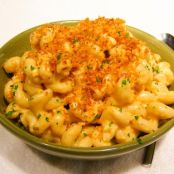 Fleming's Steakhouse Chipotle...
3.9/5
(114 Votes)
Fleming's Steakhouse Chipotle...
3.9/5
(114 Votes)
-
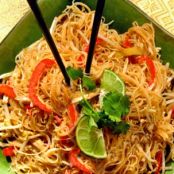 Thai Fried Rice Noodles with...
4.1/5
(33 Votes)
Thai Fried Rice Noodles with...
4.1/5
(33 Votes)
-
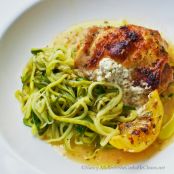 Lemon Garlic Chicken with Goat...
4.4/5
(17 Votes)
Lemon Garlic Chicken with Goat...
4.4/5
(17 Votes)
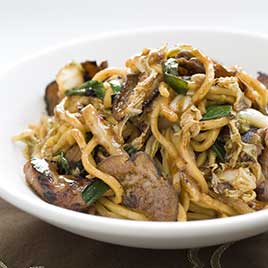
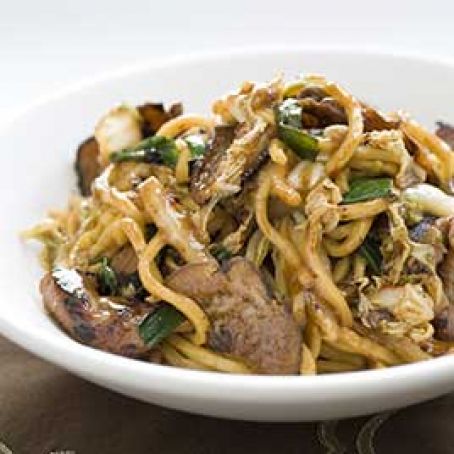
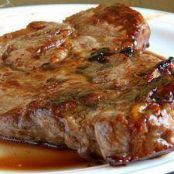

Review this recipe